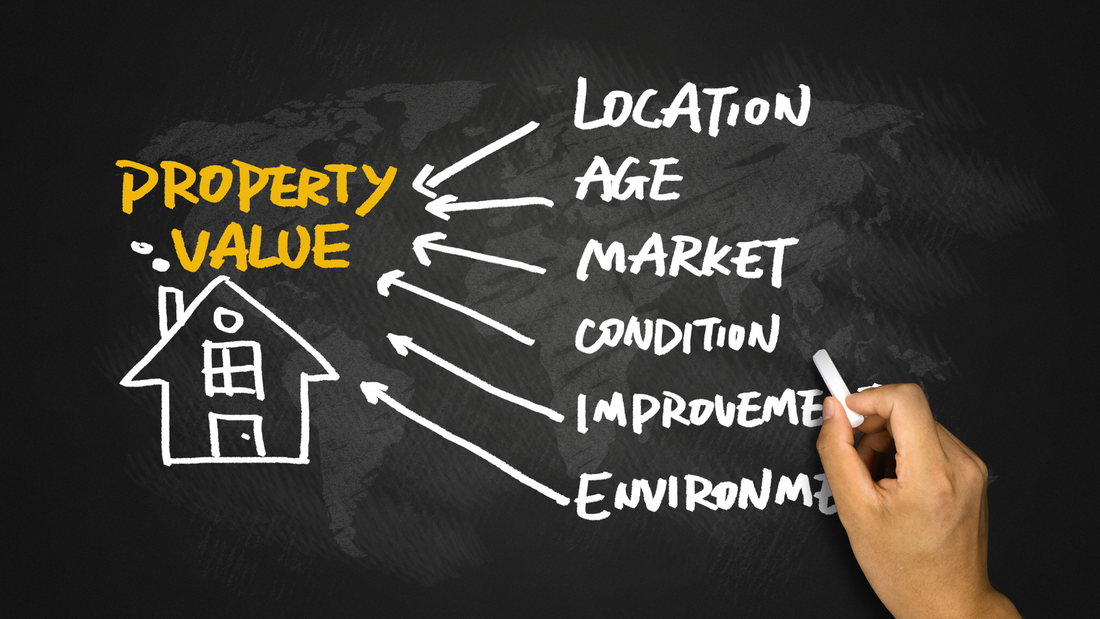
How to Avoid Insurance Surprises When Buying a Home in the Bay Area
Buying a home in the Bay Area is a major milestone, but it often comes with hidden challenges. One of the most pressing issues facing buyers in 2025 is homeowners insurance.
With fewer carriers in the market, wildfire zones expanding, and premiums rising sharply, insurance has become more than a line item at closing. It can make or break a deal.
The best way to stay ahead of these challenges is to check a home's risk status and get a home insurance quote before submitting an offer. These simple steps can help you avoid delays, budget shortfalls, or losing coverage when you need it most.
Why Insurance Costs Are Rising in California
The California insurance market has changed dramatically in the past two years. Carriers are adjusting or abandoning coverage due to wildfire risk, regulatory uncertainty, and increased claims.
- State Farm was approved for a 17 percent rate increase in 2024 and may increase again in 2025.
- Allstate raised premiums by more than 30 percent in high-risk areas and has scaled back new policies.
- QBE Insurance announced it will exit the U.S. homeowners market entirely, impacting tens of thousands of California policyholders.
-
The California FAIR Plan, which acts as a last-resort insurer, is considering surcharges as high as $3,700 per policy to remain solvent.
These changes are not limited to rural fire zones. Premium increases and non-renewals are affecting homes across the Bay Area, from hillside properties to suburban neighborhoods.
Start With the Hazard Disclosure Report
California law requires sellers to provide a Natural Hazard Disclosure (NHD) report. This document outlines whether the home lies in flood zones, wildfire hazard areas, earthquake fault lines, or other designated risk zones.
This is not just boilerplate paperwork. If the home is listed in a CAL FIRE fire severity zone or FEMA floodplain, you may face significantly higher premiums or limited coverage options.
The NHD report is often your first clear signal to dig deeper and obtain a quote before proceeding.
Get an Insurance Quote Before You Submit an Offer
Too many buyers wait until their offer is accepted before checking insurance costs. In this market, that is risky.
Before making an offer, ask your insurance broker to run a quote using the property's address. This helps reveal:
- Whether the home is in a high-risk zone.
- If you're likely to be pushed into the California FAIR Plan.
- What upgrades or materials are driving premium costs.
Some insurers are no longer writing new policies in entire zip codes. Others apply regional pricing models that increase costs even if the home hasn’t been affected by wildfire or flood directly. Getting a quote up front helps you decide whether the property fits your long-term budget.
How We Collaborate with Trusted Loan Officers
When buying, your lender plays a big role in how smoothly insurance lines up with closing. That’s why we partner with experienced loan officers like
Brian Ida at First West Financial, who understand the timing and communication needed to keep everything on track.
Understand the Real Cost of High-Risk Locations
The Bay Area’s beauty often comes with risk. Homes near open space, on hillsides, or surrounded by trees can carry significantly higher insurance costs due to wildfire exposure.
Even homes outside officially mapped hazard zones may be impacted. Recent changes in how insurers price risk allow them to consider regional wildfire patterns and reinsurance costs. That means your home could be subject to high premiums based on your general location, not just your address.
Older homes present additional risk. Properties built before 1975 often lack modern fire-resistant materials or updated electrical systems. These factors can make it harder to find coverage or push premiums well above your budget expectations.
Use Tools to Screen for Risk
Before scheduling a home tour, you can quickly screen properties using:
- FEMA’s Flood Map Service Center
- CAL FIRE’s Fire Hazard Severity Zone Viewer
-
Hazard data often embedded in Redfin or Zillow listings
These tools offer a general idea of flood or wildfire exposure. However, only an actual insurance quote will give you the complete picture. Some insurers weigh factors differently, and risk maps don't reflect how each carrier evaluates coverage.
Factor Insurance Into Your Monthly Budget
In 2024, the average California homeowner paid about $2,400 per year in insurance premiums. By 2025, that number is expected to exceed $3,000, and many homes in high-risk areas now exceed $5,000 to $7,000 annually.
When Rate Hikes and Nonrenewals Hit Homebuyers
For many Bay Area homeowners, the rising cost of insurance is no longer just a headline, it’s a financial shock. Some policyholders report seeing their annual premiums double in a single year. One Bay Area resident recently shared that their premium jumped from $2,900 to $6,100 due to wildfire risk reclassification. Others have been blindsided by nonrenewal notices, forcing them to scramble for coverage just weeks before closing on a property.
These stories underline the importance of treating insurance as part of the homebuying process, not an afterthought. Buyers who secure quotes early are better positioned to adjust their budgets and avoid surprises that could derail their purchase.
Working with a broker who understands the market can mean the difference between a smooth transaction and a stressful scramble.
Before you move forward, get a quote through our Home Insurance Quote Page to see where premiums stand. If you're not working with a loan officer, mortgage broker, or real estate agent, we can connect your insurance strategy to theirs so everything lines up.
Should You Include an Insurance Contingency?
Some buyers include an insurance contingency in their purchase offer, allowing them to cancel if affordable coverage is not available.
While useful in theory, contingencies can weaken your offer in a competitive market like the Bay Area. A better approach is to get your quote ahead of time so you can write a clean, confident offer that already factors in real insurance costs.
Stay Informed as the Market Changes
California’s insurance environment is evolving. Wildfires, regulatory shifts, and carrier exits are changing availability and pricing monthly.
Stay informed through:
- California Department of Insurance updates
- News on California FAIR Plan surcharges and funding
-
Input from your insurance broker and mortgage team
When your broker and lender are in sync, you’ll be better prepared for renewals, quotes, and lender requirements that hinge on risk ratings and premiums.
Buying a home in the Bay Area is more complex than ever, especially when it comes to insurance. The key to success is early preparation and strong partnerships.
Start here:
- Review the Natural Hazard Disclosure as early as possible
- Get an insurance quote before you make an offer
- Use risk-screening tools to evaluate properties
- Budget realistically for premiums in high-risk zones
- Work with professionals who understand how insurance and lending intersect
If you are just starting your search or finalizing escrow, treat insurance like the critical part of the puzzle it is. You’ll make smarter, faster, and more confident decisions, backed by real numbers and real support.
Disclosure: This article mentions independent professionals and businesses for informational purposes only. No referral relationship or compensation exists between Farmers Insurance - Young Douglas and the parties mentioned.

